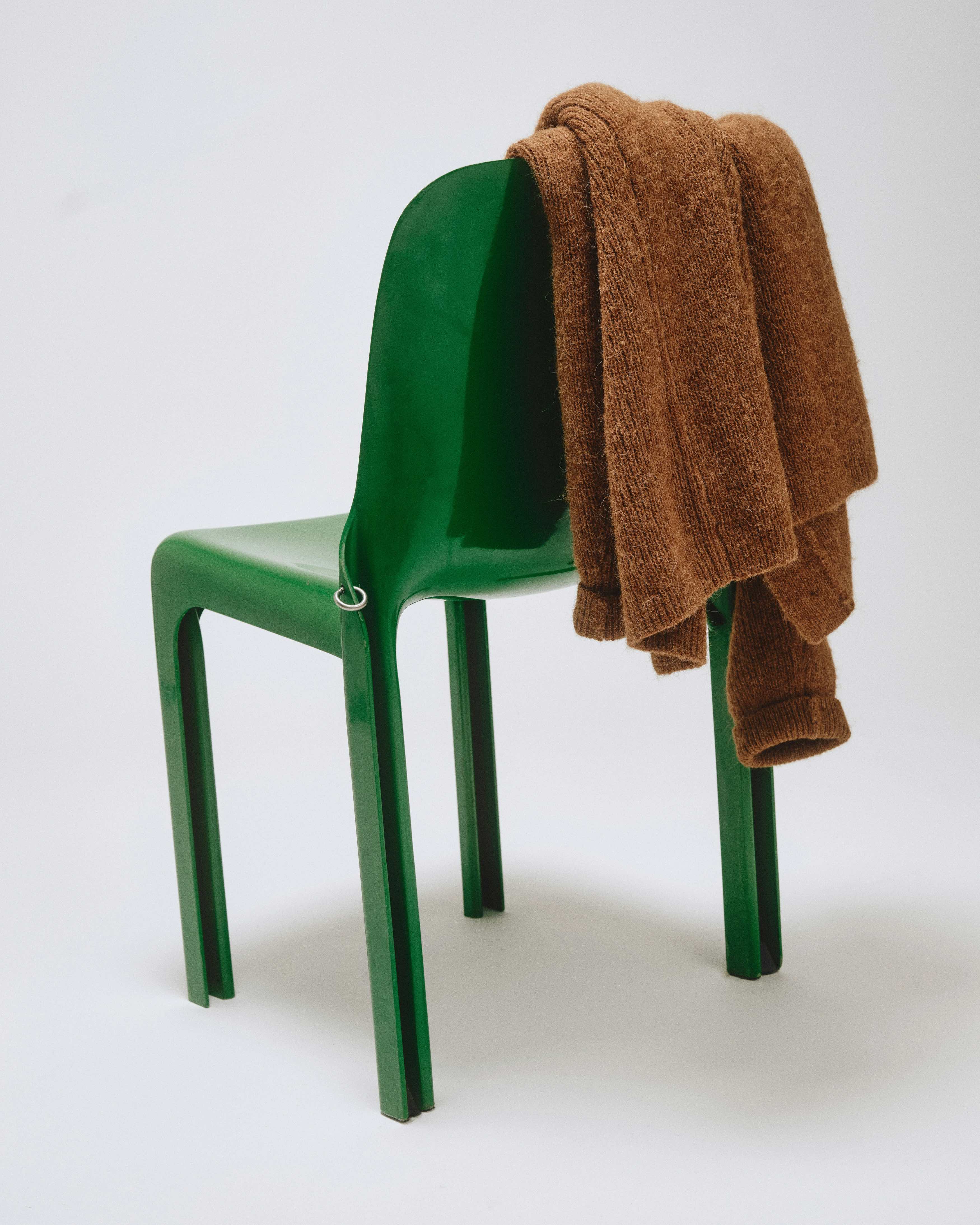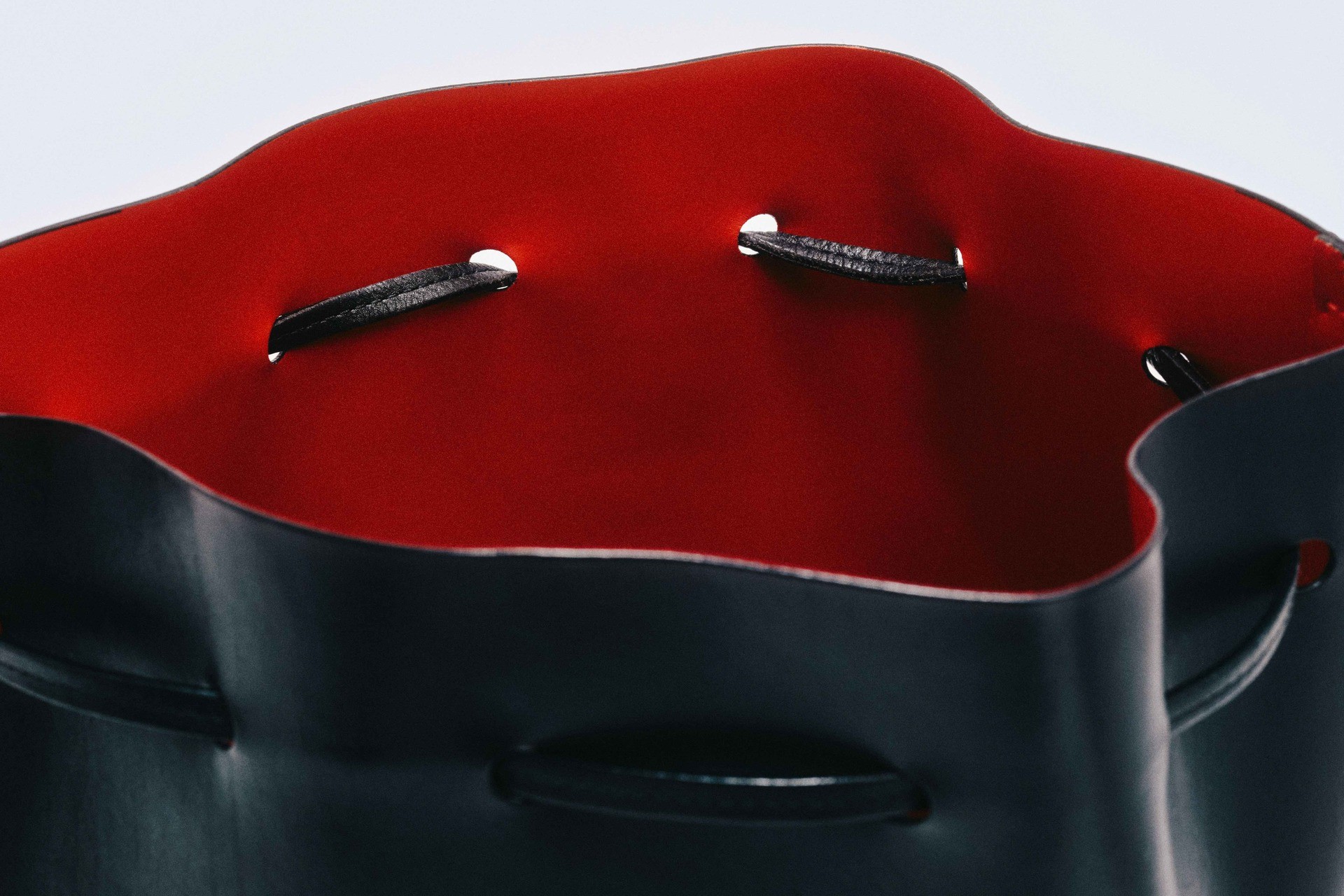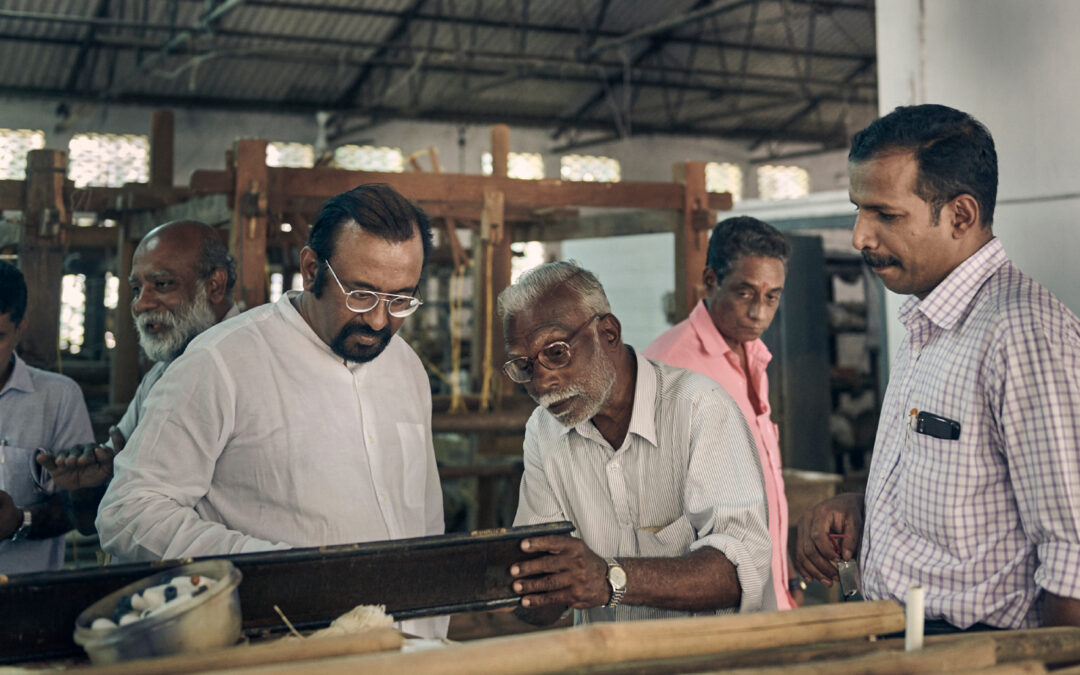It’s tougher than ever to be a fashion consumer. We are no longer (and thankfully) insulated from ignorance regarding the layered ethics involved in clothing production and distribution, yet most of us remain squarely in the centre of a cost of living crisis; one in which the price of basic groceries, let alone our sartorial wish-list items, are racking up figures in our monthly budgets that would make our 2010s’ selves squirm. On an individual and community-level, spending our money wisely – or at all – is a cause of continuing stress and concern. Yet, diametrically opposed to this, it appears the global fashion market is fairing pretty well, despite widespread challenges across the economy. Global fashion really said, ‘Recession, Who?’
According to global consulting giant, McKinsey, in their analysis published last year, slow but normalised growth is expected for 2024, “the global industry will post top-line growth of 2 to 4 percent in 2024 (exhibit), with regional and country-level variations. Once again, the luxury segment is expected to generate the biggest share of economic profit. However, even there, companies will be challenged by the tough economic environment. The segment is forecast to grow globally by 3 to 5 percent, compared with 5 to 7 percent in 2023, as consumers rein in spending after a post-pandemic surge.” It might be a decline, but it’s not enough of a decline that accurately reflects the individual experiences of consumers and global fashion has more resources to recover.
We’ve long advocated for a mindful approach to shopping and we’ve also covered trends cycles in our coverage of fashion. Though somewhat paradoxical, we remain firm in viewing trends as a way to sample-test our cultural and creative consciousness. Less so, do we feel compelled to precisely follow trends with any sort of devotion or exactness. As human beings, our fascination and desire for material goods appear to be as fundamental to our existence as music, language and food – the difference is, our attainment of material goods nowadays are less about making things ourselves or as a community, rather we pursue material fulfilment today in a massive and overwhelming global marketplace. It’s a complicated, existential process as we sort fact from fiction, ethical values from accessibility barriers and ‘us vs. them’ regarding consumers versus brands.
Photography by Fanette Guilloud, courtesy of Death To Stock Photo
So, how can we encourage internal empathy for ourselves while maintaining (and evolving) a conscience around our consumer habits, in a world that is facing social and ecological crisis, in tandem with intensely accelerating technological integration?
It is easy to feel overwhelmed, guilty, or powerless and it’s also important for us to feel these things. These feelings, when integrated critically, can empower reshaped choices. In an effort to be responsible consumers, and custodians of our world, acknowledging the role that we play with our spending power can also involve developing a compassionate attitude towards ourselves. Out of this, we can allow for more constructive engagement with the kind of ethics and values that we aim to embody within our lives. This might look like a commitment to only purchasing locally for a single year – and realising that this was always the way you wanted to participate in the economy. It can also mean that obsessing over that luxury item that seems like it will solve all the sartorial issues you’ve ever had – is something to give up. Instead, maybe there’s a dupe that’s within the same language of the piece, and is more gentle on your monthly spend.
Rather than striving for perfection, we can instead focus on setting realistic and meaningful goals for ourselves and our consumer habits. Whether it’s supporting ethical brands, learning to sew to make our own pieces (or as I’ve recently learned to do, sew straight enough to be able to mend my own clothes in my wardrobe), there are many actionable steps that can be part of aligning with our values and priorities. The act of mindfulness involves being present in the moment, observing our thoughts and feelings without judgement, and cultivating a deeper awareness of our actions and their impact. The emphasis here is ‘non-judgement’. This doesn’t mean, however, that non-judgement means to abandon all sense.
Photography by Fanette Guilloud, courtesy of Death To Stock Photo
In Jon Cherry’s incredible piece for Daily Maverick, he discusses the latest retail megalodon to hit the internet; Temu. With a marketing spend of $3 billion, searching for anything online inevitably leads to Temu ads – seemingly out of nowhere. Temu is the only company to rival SHEIN, and it appears its hold has more to do with the dumbing down of consumer interaction, than with actually providing goods. As Jon describes, Temu signals the ‘gamification’ of online shopping, writing that “the enormous number of “shoppers” it acquires then psychologically disassociates the spending of their money with actually spending money. Crafty, right? Instead of the usual endless searching and clicking, the app is littered with games of chance. You can buy things together with your friends in a kind of virtual shopping club, and everything is hyped with surprise discounts and gimmicks lifted straight from a casino’s playbook.” and Jon further shares that “what they are doing very well is training consumers to be better consumers of value. They are reframing the consumption of value as a form of entertainment, much like playing a couple of rounds of Candy Crush. Users aren’t buying things to get things – they’re playing a game and getting a dopamine hit by finding bargains. The quality of whatever arrives at the front door a few days later then almost becomes irrelevant.”
With the increasing mega-corporate influence on advertising and user-experience methods from global fashion giants, advocating for mindful shopping is essential. That said, it’s also crucial to acknowledge systemic barriers that may hinder our ability to make informed choices. Factors such as accessibility, affordability, and lack of information can limit our capacity to shop mindfully – and this is why, I reserve no judgement for anyone in South Africa whose experience deriving value means engaging with fast-fashion. As we become more attuned to our consumer habits, and our underlying motivation for shopping, both non-judgement and understanding the interconnectedness of consumerism with our social and ecological systems, need not be mutually exclusive. It’s a work in progress, truly.
Our fave experts on all things trends and consumers, WGSN predict that that thrifting as a consumption recourse shows no sign of slowing down, stating that “the global secondhand apparel market is set to grow three times faster* than the global apparel market, with Gen Z leading adoption. Coupled with the cost-of-living crisis, Gen Z will continue to power the thrift movement in search of more affordable alternatives in the year ahead.” That said, our vantage point from the global south means that thrifting has complicated and problematic dimensions to it. The OR Foundation, based out of Ghana and the US, have been on the forefront of tackling the ‘dumping’ of the global north’s fashion consumption on the shores of Africa, resulting in mass devastation both socially and ecologically. Through a number of their programs and partnerships with scientists, creatives and researchers in Accra, their mission statement reads “working at the intersection of environmental justice, education and fashion development, our mission is to identify and manifest alternatives to the dominant model of fashion – alternatives that bring forth ecological prosperity, as opposed to destruction, and that inspire citizens to form a relationship with fashion that extends beyond their role as consumer.” Work such as what The OR Foundation presents, reminds us that being a consumer is about being a human; and that our perspective needs to remain relevant to our local and community contexts.
Additionally, WGSN are involved in a partnership with OC&C Strategy Consultants to determine just how impactful technological driven fashion forecasting can be in resolving fashion’s overproduction issue, that “fashion brands tend to use planning and buying models that have an inherent risk of overbuying to reduce the likelihood of products running out of stock. Even with rising prices due to inflation, practices are slow to evolve. However, agile, AI-informed buying processes are enabling brands to refine their range in line with consumer demand, operate more efficiently, and therefore drive significant value.” This is an example of how technology can be used to fulfil sustainability goals and restructuring of previously complex systemic issues – and that the show isn’t over, and our trajectory doesn’t have to be doomed. Instead, there is always hope and innovation brewing among the undercurrent of our future.
Education, innovation, compassion and non-judgement; these are the four horsemen of my fashion apocalypse. By apocalypse, I mean the undoing of the past and the revealing of a new reality – one in which the things we want and need, can be attained through equity and with integrity. I believe it’s happening, and I hope you’ll bring your consciousness along for the ride.
Written by: Holly Bell Beaton
For more news, visit the Connect Everything Collective homepage www.ceconline.co.za


















